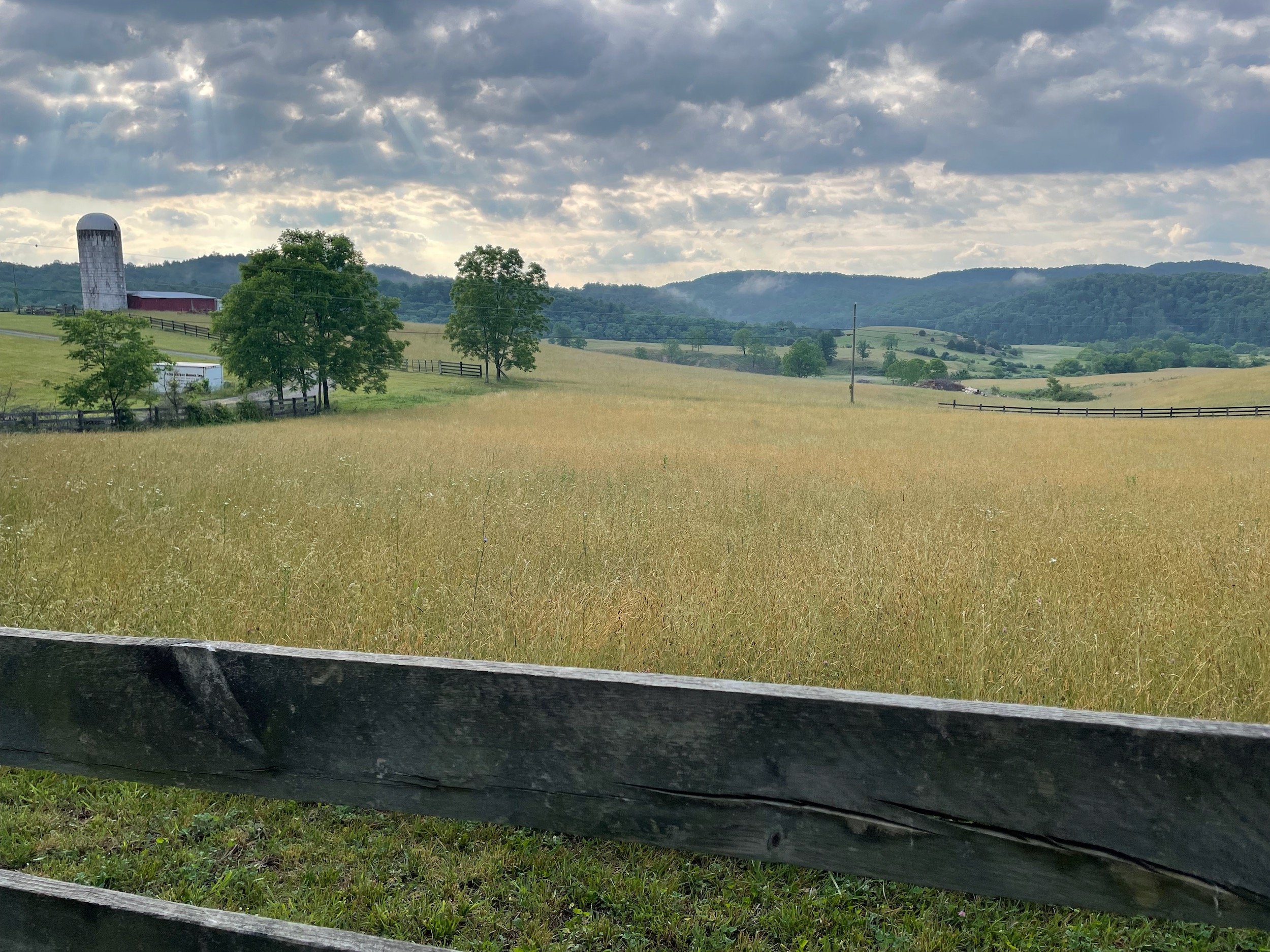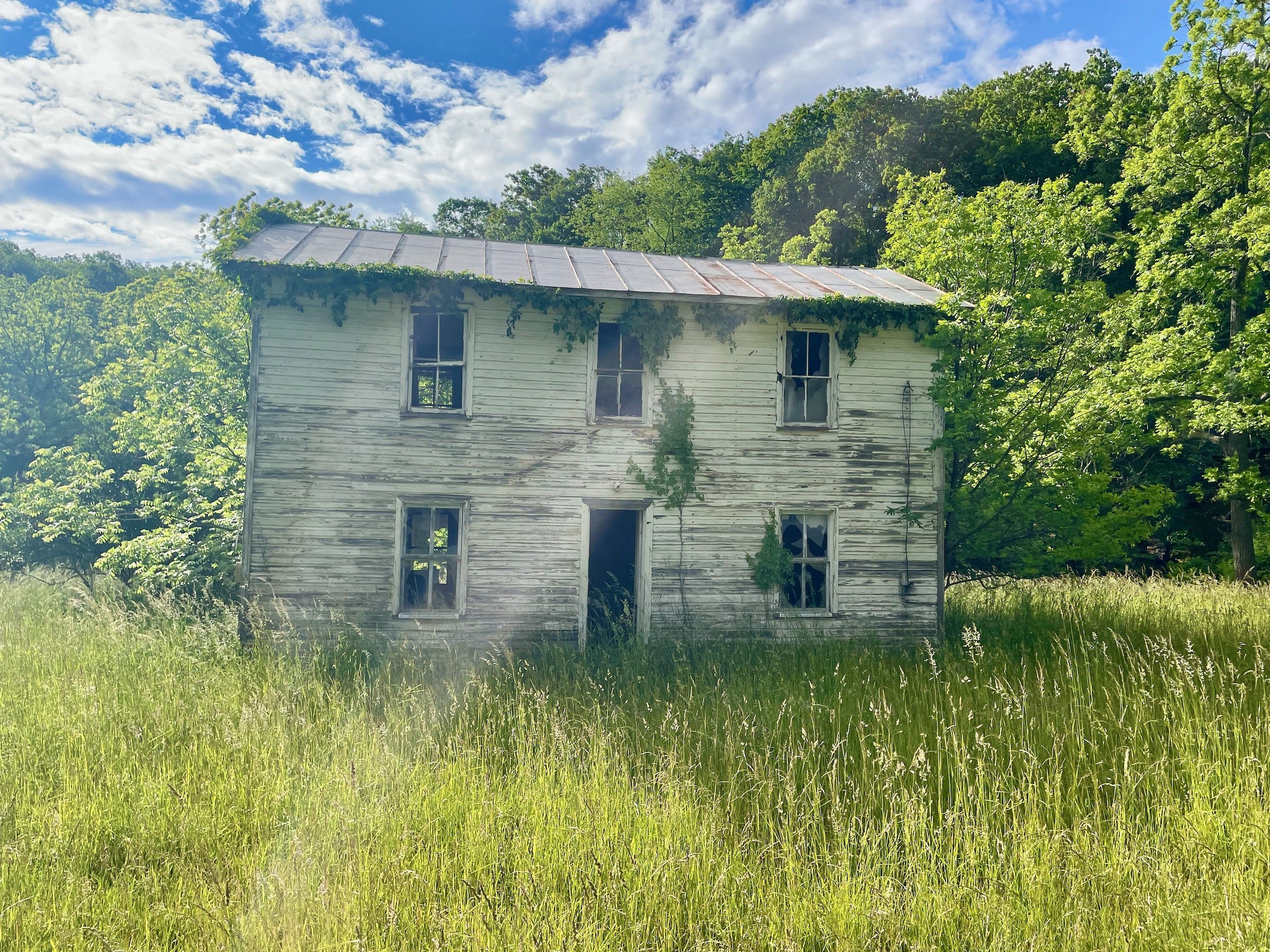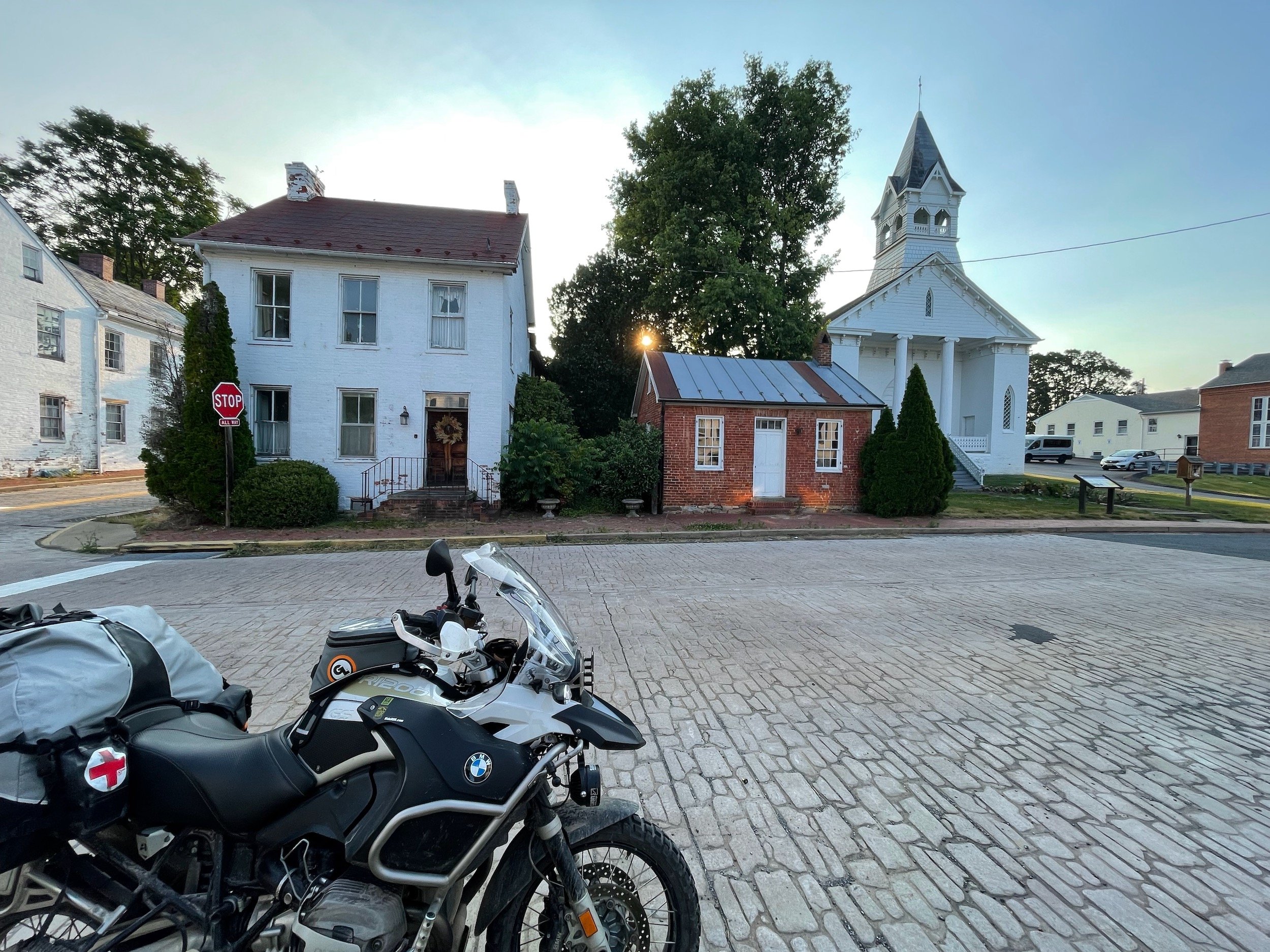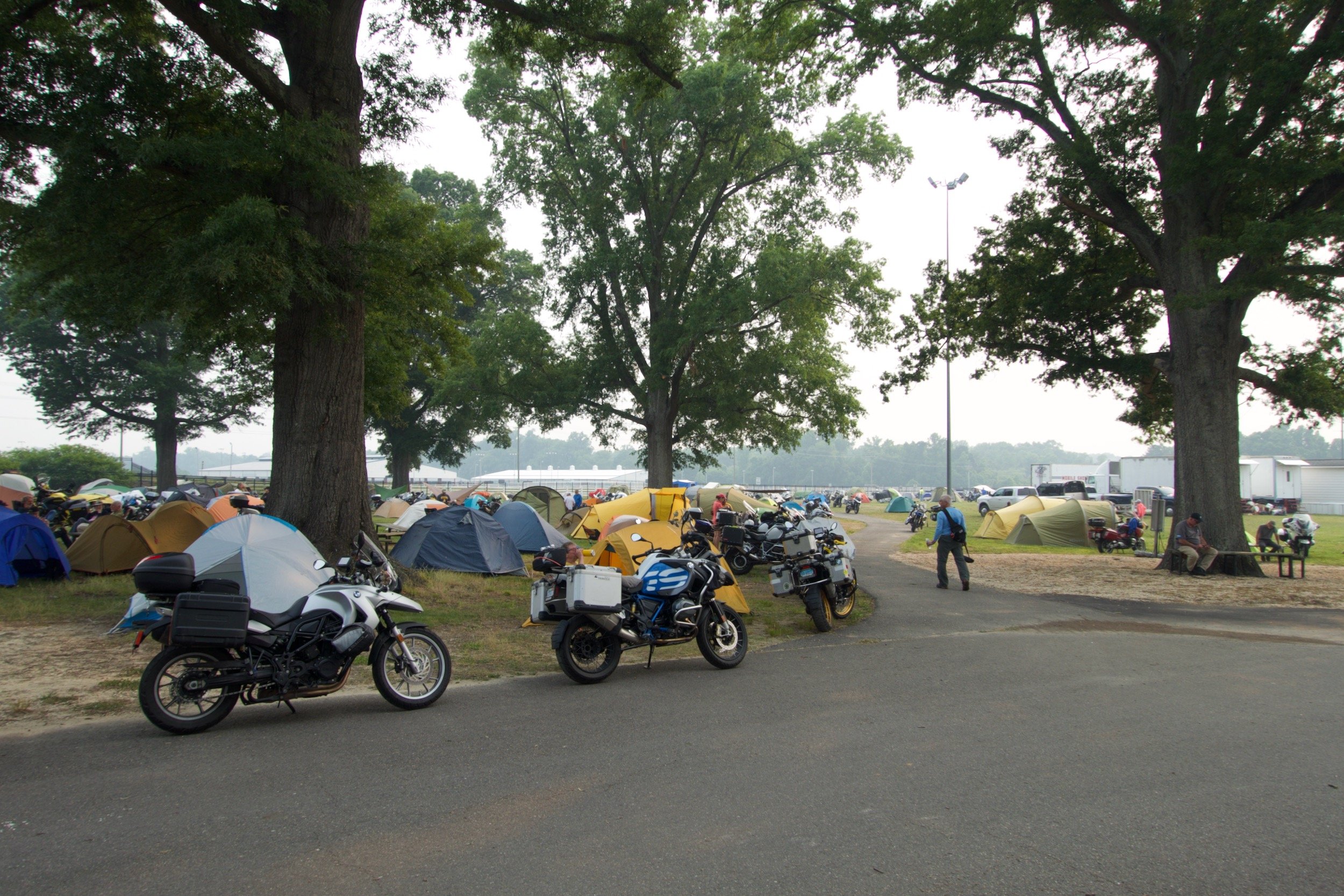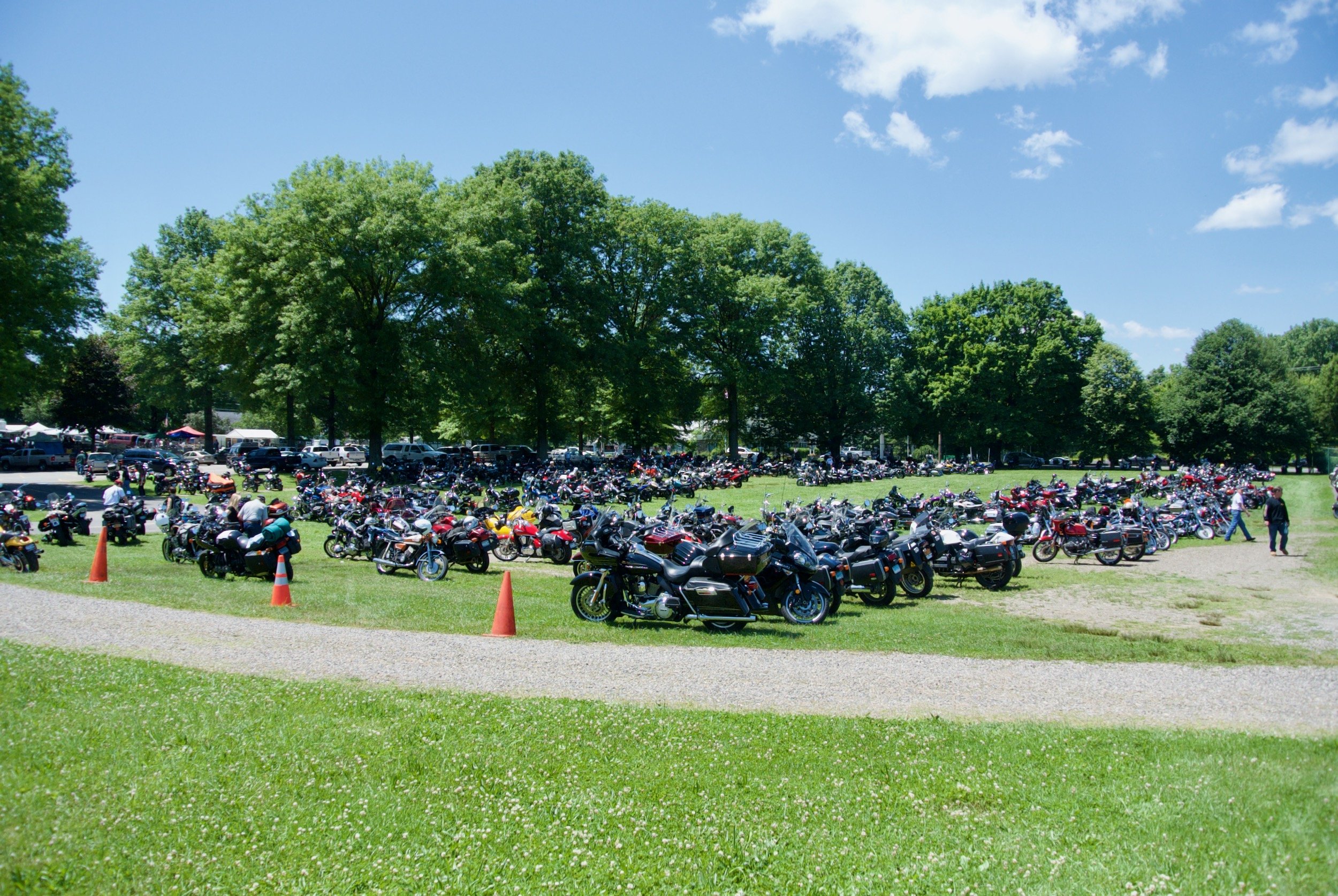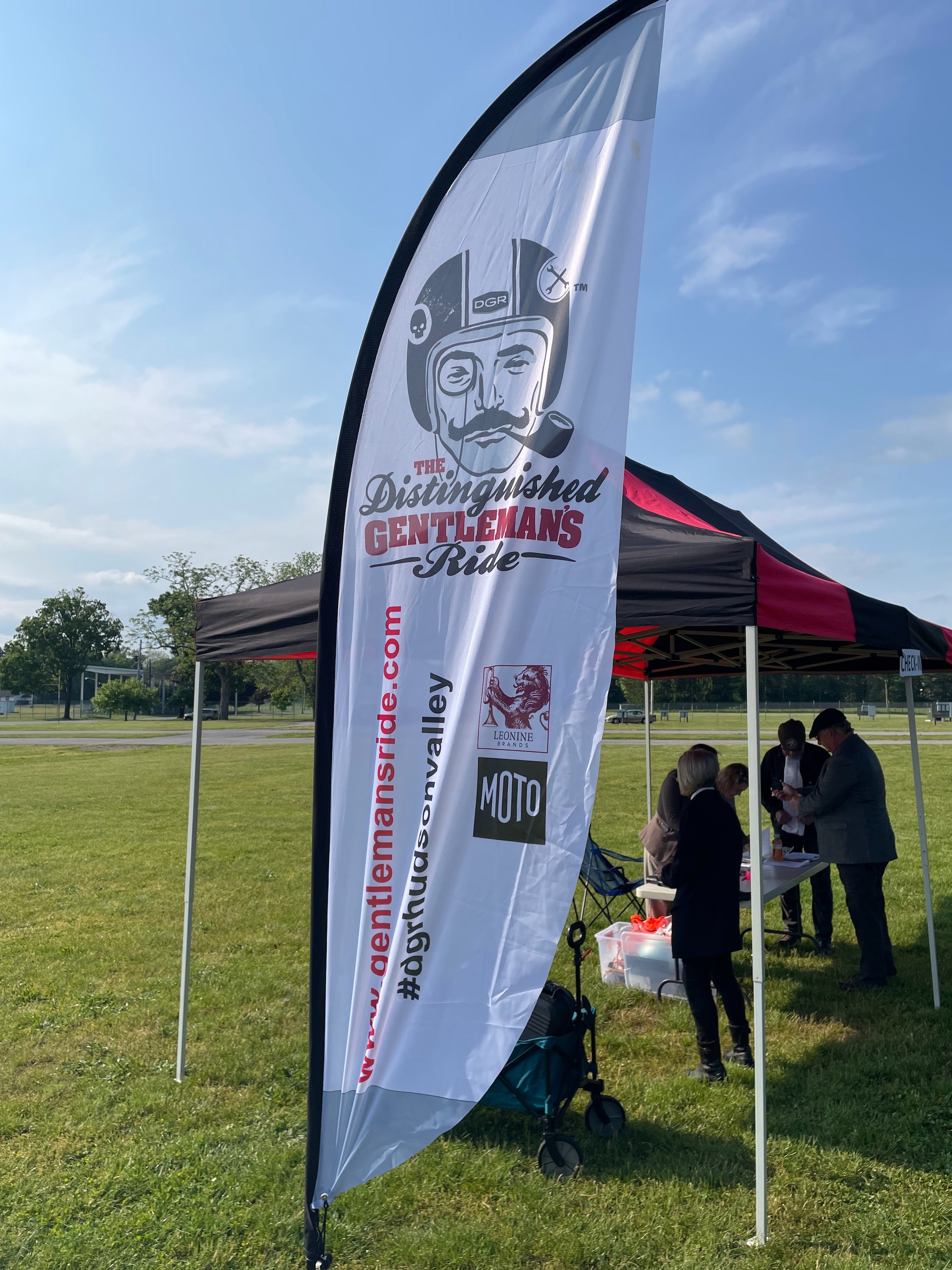Riding a motorcycle is good for you
Motorcyclists in the United States are a small percentage of the general population. The IIHS estimates that there are only about 8.6 million registered legal road motorcycles in the United States as of 2021, about 3% of all registered vehicles. Of all vehicle miles traveled, the NHTSA estimates that 0.6% are on a motorcycle. It wouldn’t seem odd to see a motorcycle only once in every 165 vehicles. We are out there, but you have to look to find us.
While some motorcyclists own more than one bike and a few use it as a primary vehicle, the number of motorcyclists as a percentage isn’t as significant here in the US as in Europe or Asia. Seeing a bike on the road is rare compared to cars or trucks. So why do we ride?
A movie titled “Why We Ride” attempted to answer that. It is a beautiful film that captures many aspects of what drives people to ride. I encourage readers to watch it. However, there are more reasons than what was captured in the film, including scientific health benefits. I’ll aim to explore those in this article.
We sometimes use affiliate links in our content. This won’t cost you anything extra, but if you purchase something from one of the links, we may earn some money for coffee. As an Amazon Associate, I earn from qualifying purchases.
One with Nature
Driving a car is like watching a movie. Riding a motorcycle is like starring in it.
Many motorcyclists have highlighted this quote, which captures the spirit of riding, but what lies beneath it?
Cars, especially modern cars, do a phenomenal job of isolating their occupants from the environment through which they travel. Plenty of sound deadening reduces the sound of the motor and exhaust, tire noise, and even wind noise. Outside environmental noises are muted as well, so much so that even sirens of emergency vehicles are more challenging to hear in a car.
But it’s not just noise. The climate-controlled interiors of modern cars always feel the same inside, whether the outside temperature is 40F or 90F. Whether it’s raining, snowing, or even just humidity changes, a car’s occupants have no direct sense of the temperature and moisture outside in the cocoon of their car. Driving past a freshly mowed field or one that has just had fertilizer added isn’t something you notice in a car by the smell.
A farm near Hot Springs, Virginia
The rich soil common in the Black Dirt area near Pine Island, NY
On a motorcycle, none of that isolation exists. A bike is a visceral experience. The holistic experience is one of the brilliant aspects of getting out and riding. The motor vibrating below you shakes your whole body. The bike feels alive, and when you get on the throttle, the experience is exciting. You are more aware of the condition of the road. Every tar snake, crack, and small pothole is seen and felt if you can’t avoid it by changing your position in the lane.
If it’s cold outside, you feel the chill. When it’s hot, you feel it, further exemplified by the engine’s heat rising onto you. You even get to experience micro-climates. Descending into a tree-lined valley road can cause a noticeable temperature change and humidity. You know you are in a farm region when you pass that freshly mowed field and smell the cut grass or the manure from the cows on the dairy farm.
With today’s screen-obsessed society spending hours each day staring at the small screen of their phone or playing a video game on their Xbox, it can seem anathema to get outside and experience the real world. But this is another reason why motorcycling can be so good for you. On a motorcycle, you experience the environment through which you travel entirely, while in a car, you see it through a screen like watching TV.
A tool for discovery
For a lot of people, a trip in a car is basic transportation. They are trying to get from point A to point B as quickly as possible. Aside from the particularly eye-catching billboard, drivers are mostly oblivious to the world they are passing by. Their eyes are on the lanes in front of them, watching the other cars, hoping none dozes off or is distracted looking at their phone before they reach their exit and arrive at their destination.
We may have a goal on a bike—perhaps a restaurant, a coffee shop, or the campground we reserved for the night. But the journey is more important than the destination. We could grab a highway to get there as fast as possible but ask many motorcyclists, and they will tell you they prefer backroads. In the northeast, a motorcycle publication named Backroads highlights area sights and brings a humorous view of all things motorcycle.
Abandoned house in West Virginia along the Mid Atlantic Backcountry Discovery Route
On a bike, you are far more likely to see a road you’ve never been on before & turn onto it. Often for no reason other than to see what is there. We seek out places we’ve not been to and the routes to get there we’ve not traveled on. If you are on an adventure bike, you may be more willing to try those dirt farm roads and see where they lead than on a sports bike.
The village of Burkittsville, Maryland just after sunrise
When an exciting roadside sight appears on a bike, you are more likely to pull over and experience it up close. We try new restaurants, coffee shops, and even ice cream parlors just for the fun of the experience. The more they are in the middle of nowhere, the more likely some great roads will be ridden to get to them.
That’s not to say there aren’t times on a bike when we want to get where we are going. But often, towards the end of the day, we’re tired or hungry, and we might point a GPS at our destination with the fastest route setting, hit the highway, and join the cars plodding their way along. But we probably had a lot more fun earlier in the day!
The beauty of the machine
Cars have body panels and wheel wells hiding the suspension components from view. The drive train is hidden below for no one to see. Hoods obscure the view of the engine and transmission.
A motorcycle is honest. All of the mechanical bits are out for the world to see. The front wheel is connected to the front suspension forks; you can see them in motion as the car rides. The rear wheel will have a chain, belt, or drive shaft leading from the engine to provide power. The direct power transfer is visible to all. Like the front, the suspension moves with the bike.
The engine is at the centerpiece between the bike’s two ends. While the shape will vary with engine configurations, no shrouds or hoods cover it. The foot pegs and controls are near the engine, and just above lies the seat upon which the rider enjoys their ride. Like the bike, the rider is also out there to be seen, with no doors, roofs, or windows blocking the view.
Exposing all the aspects of the bike, the beauty of the machine has a mechanical feeling to it. Like a finely built mechanical skeleton watch, all the pieces that enable a motorcycle to perform are visible. The form becomes its beauty. Passions flare, and the affections for particular engine configurations often start with aesthetics.
The classic V-twin shape popular on American motorcycles is so iconic that it’s often the first part of the motorcycle to draw people’s attention. Children drawing a motorcycle usually include the V-twin engine at the center, as the shape is what many people see as a motorcycle’s essence.
Of course, other configurations, perhaps not quite as popular, create a distinct image. BMW popularized the Boxer twin motor configuration, which still represents most bikes they sell today. Honda also uses that configuration with their Goldwing, while Ural is still making copies of the WWII BMWs with sidecars powered by a 750cc boxer twin. One significant advantage of the boxer twin is that the cylinders hang out in the wind, aiding in cooling. It’s one of the reasons they have been able to stay air-cooled for so long.
While the inline v-twin is well known amongst Harley & Indian riders, Italian riders have their take in a transverse form with the Moto Guzzi. Like the BMW boxer motors, the cylinders are out in the wind to aid in cooling. They don’t suffer from the rear cylinder overheating that traditional V-twins have. But, like the boxer, some think the transverse v-twin looks funny with the cylinders sticking out. They are convinced it reduces ground clearance or lane-splitting potential, even though the handlebars are wider than the cylinders. The Ducati also has a configuration similar to a V-twin with an L-twin running in line with the bike.
Triumph riders claim their parallel twin is smaller, cheaper to produce, and just as iconic as other configurations. Their famous Bonneville line even has fake carburetors to keep the aesthetic looking classic. You’ll see riders who love 360-degree cranks and others who love the new 270-degree cranks, which have a sound similar to a V-twin.
The engine is truly the heart of the motorcycle, and riders are as passionate, if not loyal, to their preferred setup as anyone can be with an object. We personify our motorcycles, thinking of them more like a horse, a living, breathing creature we sit on top of. It moves beneath us as we ride it, and while mechanical rather than organic in origin, we think of them as alive, and some even name their bikes.
Some riders will spend hours cleaning and polishing their bikes, making every cooling fin and spark plug cable spotless to keep the appearance it had on the factory floor. Others don’t mind some mud or road dirt caked on their bikes as it exemplifies the journeys they’ve shared with their bike. But we all can look back at our bike after a ride with a wistful eye, thanking it for the journey while appreciating the beauty we see in it.
The Guggenheim Museum in New York City hosted the Art of the Motorcycle exhibit in the late ‘90s. Perhaps there is no better recognition of the motorcycle as an art form than being featured in a world-famous art museum.
A sense of community
Many people have been on a family road trip in a car. Probably as a young child, or even now as a parent, you packed up the car with luggage and loaded the family in to hit the road. The size of the car limited the size of the group. It can be as few as two people or as many as 8 in a three-row SUV, but most often, up to 4 people in most vehicles. Conversations are shared in the car.
On a motorcycle, you are often alone or perhaps have one passenger. Unless you have headsets, you are alone in your thoughts with just the flow of the road, the sound of the wind passing by, and the roar of the engine to converse with.
There is another form of road trip where groups of motorcycles travel together. Sometimes, in groups of as little as two, they can stretch out to dozens of bikes in convoy. This moving community shares the experience of the ride. All share the smells, the temperature, and the sights along the road. When they pull off to a roadside cafe, share a meal, and talk about the ride so far, what began as an individual experience on their bike becomes communal. Our fellow riders on the trip are our family, even if just for the ride, with a connection deeper than other road users.
Motorcyclists love being out in nature on their rides, and it’s not unusual for them to camp at the end of the day. While we were on our bikes for the ride, we could sit around the campfire and talk about the day’s experience when we finished the day. Every year, the BMW MOA rally has thousands of people who camp on its grounds.
Motorcycles camping at the BMW MOA rally in Virginia
Even if you are riding alone, there is always a sense of community with motorcycle riders. We pass another rider on the road and stretch out our left hand to wave at them or nod our head if we are holding in the clutch. It’s a sign as if to say I salute you as a fellow rider, and we share in the experience, however fleeting in the moment we pass.
If you attend a bike gathering, even with the engines off, riders can speak to each other for hours about particular bikes and how riding makes them feel. It’s the ultimate shared experience, even when we ride alone.
Motorcycle gathering in Rhinebeck, NY
Apps like Rever seek the community even if we can’t join the ride with someone. You can view a feed of your friends’ rides, join rider communities with various features, and join challenges. The rides may even inspire rides you plan.
Mental benefits of riding
If you ask any motorcyclist, they will express why riding a motorcycle is a positive experience. Riding can reduce stress by keeping us focused on riding rather than all the worries we may have in life.
You’ll never find a motorcycle parked outside a psychiatrist’s office.
The quote is commonly shared in motorcycle circles. When we feel down, we get out and ride. Whatever had bothered us before our ride is often forgotten or no longer significant by the end. However, there may be some science that validates the intuitive understanding motorcyclists have.
A study published in Brain Research in February 2021 found that motorcyclists had increased sensory processing and visual attention while riding compared to driving or sitting at rest. Additionally, they noted an increase in epinephrine, heart rate, and decreased cortisol.
While neuroscientists can better understand the details, the article offers the layperson some exciting information and perspectives. Harley Davidson funded the study, but that doesn’t reduce the viability of the results. It is exciting to have some measurements to reinforce the seat-of-our-pants assessment.
We feel better, more alive, and a part of our world when we ride. Stress markers like cortisol are reduced when we ride. Unlike in a car, our entire body controls the bike. We lean into turns and shift our position on the bike to affect the balance. We use both hands and both feet to manipulate the controls. It is a circus act in the attention needed to control a bike successfully. Add in navigation, where we have to either follow a GPS or look at road signs and a turn sheet, and the mental load increases, yet we keep coming back for more in a Pavlovian response.
The Distinguished Gentleman’s Ride is an opportunity to look dapper riding an old motorcycle while supporting men’s health
Riding is one of the great joys in life
Motorcycling gets us in touch with nature and encourages us to discover new roads and places to visit. We admire the beauty of our machines and share in a community of fellow riders who are the only ones to understand what riding a motorcycle truly means to us. Finally, while most of us intuitively know that motorcycling is good for us, science has been able to test it and see the measured results confirming what we always knew.
If you have already ridden a motorcycle, you may have nodded in agreement throughout this article. If the riding bug hasn’t hit you yet, but this article may have inspired you to try it, find your nearest training facility.
The Motorcycle Safety Foundation has classes around the United States where you can learn to ride. Even if you’ve been riding for years, some of their advanced courses can help you learn new techniques. They even offer Adventure riding courses if you are keen on getting a bit of dirt underneath the wheels of your latest adventure motorcycle. Those courses are wonderful ways to prepare for a Backcountry Discovery Route. Several other courses aimed at adventure riders are listed on the BDR site.
All this talk about riding is hitting a nerve. Excuse me, but I’ve got to get one of the bikes out & take a ride!

